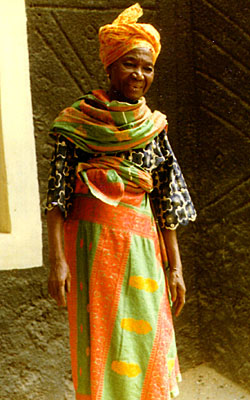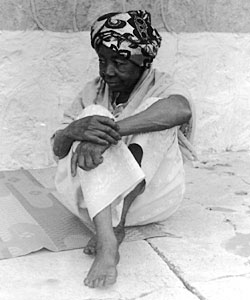 |
|||||||||||||||||||
 |
|||||||||||||||||||
 |
|||||||||||||||||||
|
|
|||||||||||||||||||
 |
|||||||||||||||||||
|
Consider whose personal accounts are most often sought and published, and why. It is usually public figures whose personal accounts are most popular. In the West, these are political figures, celebrities, athletes, and people whose accomplishments afford them power, and they are usually men. Women’s stories in the West are increasingly considered valid testimonies, along with accounts by people of color and those outside the highest strata of sociopolitical influence.
What does the subject of the personal account represent in the larger historical framework? How does this personal account expand the dimensions of history? How does this person’s life fit into the social order? What role does he or she play in the historical context? To what extent has she influenced the lives of those around her, whether in public, noted ways, or subtly, through private, personal support or instruction of others. As you learn about this person’s influence on those around her, does it change your perspective on the larger historical picture?
The perspective of ordinary individuals offers a deeper understanding of the culture in which they exist. This approach requires attention to the wider cultural context in which the individual develops his or her perspective. To gain this, the student of history must endeavor to understand the ethical foundation of the culture being studied, never assuming that it is identical to his or her own. Cultural “filters” color one’s view of the world, including gender, nationalistic perspectives, or religious preferences.
Consider other sources that can offer insight, such as official documents (marriage, divorce, and birth records, public notices), archived newspapers (human interest stories, political coverage), and glossy magazines (regional and national views reflecting social trends of the time, setting a context). It is impossible to view history from a wholly objective position, but it is helpful to be aware of such biases. White ethnocentricity has been the basis of North American historical views. The predominant focus on men in history has been acknowledged only recently, and has begun to be redressed. There is nothing inherently wrong with this approach, except that it tells only a fragment of the whole picture. What were the women and children doing while the men were on the battlefield or publicly arguing politics? Personal accounts can help fill in the gaps and reveal for us greater depth of field, filling in the historical record to complete the picture.
|
||||||||||
|
finding world history | unpacking evidence | analyzing documents | teaching sources | about |
||


